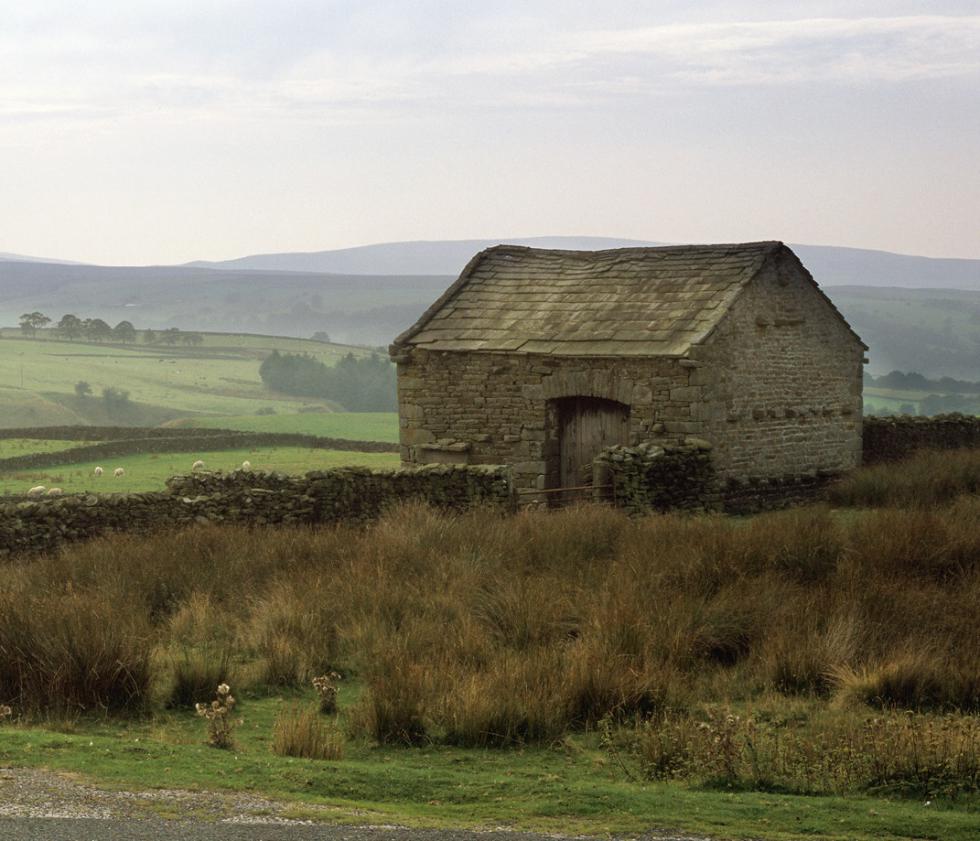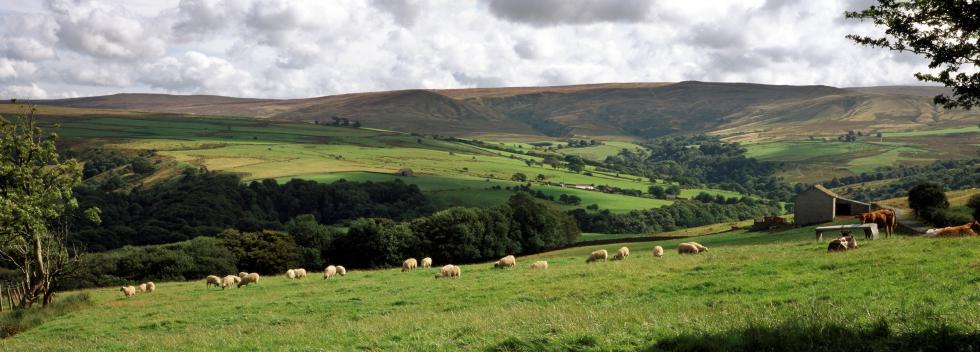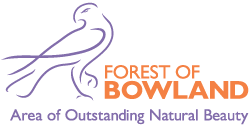 Overview of Planning & Development in the AONB
Overview of Planning & Development in the AONB
How does the AONB Partnership deal with planning and development consultations?
Who is the statutory consultee for landscape?
Overview
The fundamental principle underlying planning and development management in AONBs is that any new development within the AONB that has a materially adverse impact can only proceed where it is demonstrated that it satisfies an over-riding national need. All development is expected to conform to a very high standard of design, to be in keeping with local landscape character and should seek to conserve and enhance the AONB’s natural beauty.
Within Section 85 of the Countryside and Rights of Way Act (2000) there is a duty on all relevant authorities to have regard to this purpose in exercising or performing any functions in relation to, or so as to affect land in, AONBs. Sections 88 & 89 of the Act state that each local authority and Conservation Board shall prepare and publish a Management Plan for their AONB, which should then be reviewed at intervals of no more than 5 years. Management Plans are adopted statutory policy of the local authority.
The Government has confirmed that the landscape qualities of AONBs and National Parks are equivalent, so the protection given by the land use planning system to natural beauty in both types of area should also be equivalent. The AONB designation is also of international importance, recognised as a Category V Protected Landscape by the International Union for the Conservation of Nature (IUCN).
A local planning authority has a duty to have regard to the conservation and enhancement of natural beauty. This is achieved through partnership with AONBs and by reference to their Management Plans as a material consideration.
The National Planning Policy Framework (NPPF) also provides specific planning guidance for development planning and decision-making in relation to AONBs. It confirms that great weight should be given to conserving landscape and scenic beauty, and that AONBs have the highest status of protection in relation to landscape and scenic beauty.
How does the AONB Partnership deal with planning and development consultations?
The AONB Partnership is not a statutory consultee for planning applications or the formulation of Local and Neighbourhood Plans affecting the area. However, the AONB Partnerhip delegated authority to the AONB Unit to provide advice and guidance on planning and landscape-related matters where this is sought by local planning authorities, highway authorities, government agencies, developers and communities.
Any landscape planning advice and guidance offered by the AONB Unit is based on the objectives set out in the statutory AONB Management Plan and the Forest of Bowland AONB Landscape Character Assessment (2009). The AONB Landscape Character Assessment offers analysis on overall landscape sensitivity and guidelines for managing landscape change within the AONB. More details on landscape characterisation and copies of the assessment can be found at http://www.forestofbowland.com/Landscape-Character-Assessment.
The AONB Partnership also produces position statements and guidance dealing with specific landscape planning issues (e.g. renewable energy or obtrusive lighting). Copies of these position statements can be downloaded here:
Who is the statutory consultee for landscape?
Natural England is the statutory consultee for landscape-related planning matters, alongside its broader land use planning remit for conservation and protection of the natural environment. The AONB Unit liaises with Natural England's Land Use Planning team on these and other related matters. A protocol between the AONB Partnership and Natural England sets out agreed working arrangements between both organisations in responding to development management and planning policy consultations affecting the AONB.
Contact
If you would like to discuss any landscape planning matters relating to the Forest of Bowland AONB, please contact Principal AONB Officer, Elliott Lorimer on 01200 448000 or elliott.lorimer@lancashire.gov.uk

